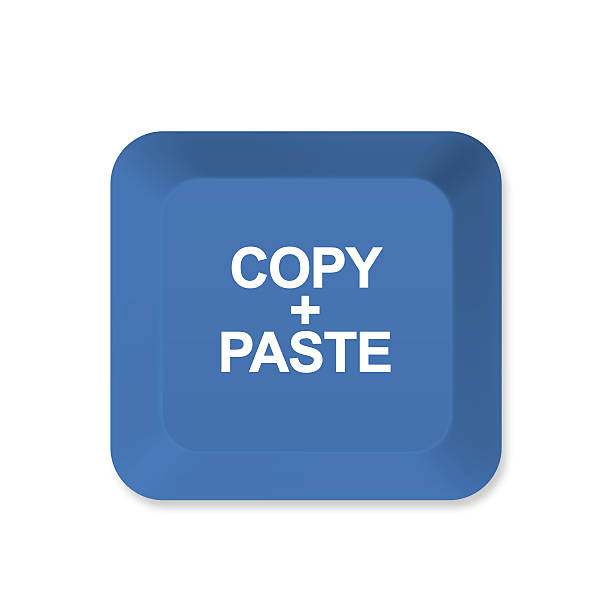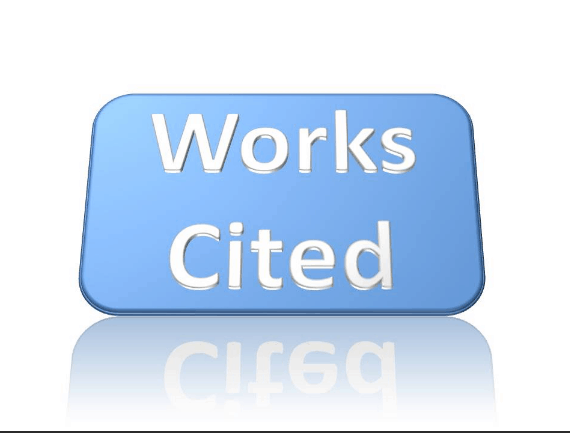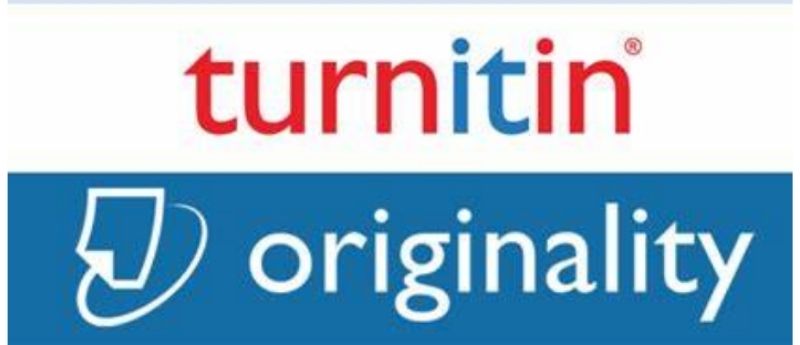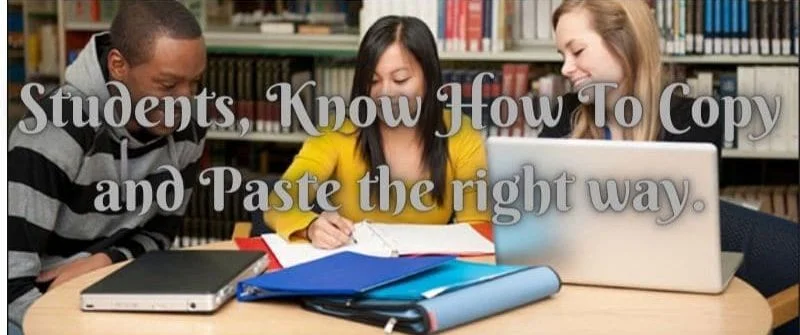If you have found yourself wondering whether you will be caught if you copy and paste content for your essays and exams, you are not alone. A lot of students try such plagiarism short-cuts and they are left hoping not to be detected.
Copy-pasting entails picking sections of a text such as a sentence, phrases, or paragraphs drawn from a book or the internet and then incorporating them into a student’s work without acknowledging it as not their own. The question is, can the teacher know?
Can a Teacher Tell If You Copy and Paste?
In most cases, a teacher can tell if you copy and paste if you did not paraphrase well or cite your sources professionally. Teachers detect copying because they use plagiarism scanners like Turnitin which directs them to read the original paper where you copied from.
Teachers know that plagiarism is one of the ways students cheat in online classes and lazily get a grade. Therefore, they always check. Here is a comprehensive discussion on how teachers will get you if you copy or plagiarize any content online
If you Did not Paraphrase
Have you ever imagined stealing someone else’s clothes and putting them on in public without fear? That is precisely what it feels to a teacher when you copy work from a source without paraphrasing and acknowledging.

To paraphrase is to repeat in your own words someone else’s thoughts and ideas. Therefore, it borders rewording the concepts in a text to an almost similar word version or original sentence structure.
The teacher will know that you have copy pasted if you do not paraphrase your work; work initially from another source.
This, in essence, amounts to restating another person’s thoughts and ideas without acknowledging them. Failure to paraphrase proves to the teacher that you have ceased to be original in your work as a student, raising suspicions of copy-pasting.
They Use Plagiarism Scanners like Turnitin

A teacher can decide to check whether you copied by using plagiarism programs, with the most common being Turnitin. The teacher creates a Turnitin test which, after submission, is run for test matching.
The program can match a text within a test by comparing a student’s work against various past documents on the internet, academic papers previously submitted, publications, journals, and internet data.
An originality report is then created and can be viewed by the student and the teacher. The report identifies any matches between the student’s submission and any other source related to that work.
This now enables the teacher to tell whether the student copy-pasted the work or not.
Teachers Read Original Paper from where you Copied
Students tend to believe that it is easy to get away with copied work, not remembering that teachers have read through many books, articles, journals, magazines, and other academic materials throughout their lifetime.
There is a very high probability that the teacher will sniff copied work through professional experience reading scholarly and educational material.
Moreover, a teacher knows the ability of each of their students, so it becomes easy to detect whether their work is copied or not. Therefore, a competent teacher can notice copied work since these assignments are generated from existing academic work related to what has been taught during the entire coursework.
If You Don’t Cite or Reference your Sources
A teacher can tell you if you copied by failing to cite or reference your work. The teacher expects that the work you have submitted is Your own.
It is therefore essential to correctly cite your work and acknowledge that it is from someone else. This acts as proof to your teacher that you have carried out proper research. Failure to do this will raise suspicions of plagiarism.

Your teacher will be able to know that the ideas in your work are not initially yours, something that may lead to penalties.
Students tend to include ideas in a paper directly from a source with no proper quotation signal but a reference source
This creates a problem since the reference indicates that the accompanying text is related to the source cited by the student.
This implies that a reference alone is not enough to show that a text has been quoted directly from the source of their work.
You will not convince your teacher with your work if it only consists of reference while direct quotations without quotation marks in your work might render your work copied.
Tips How to Copy-Paste and Avoid Plagiarism
1. You Need to Paraphrase Well
As a student, you are expected to present your work in a way that your words, sentences, and phrases will not have been directly taken from someone else’s work and used directly by you.
Paraphrasing needs to be as brief as possible since any paraphrase that goes beyond one or two sentences will be noticed by the teacher because the student will have used another person’s words hence the direct borrowing of the ideas.
It is proper for a student to explain “who said what” should be when repeating another person’s words in an explanation, and this should not only be accompanied by a reference.
A source deemed important to be paraphrased needs to be mentioned in the text, although it may appear in the footnotes. Should a student do this, it will be difficult for the teacher to notice that the work presented has been copied.
2. You Must Cite your Sources
Since the copied section has to be cited and referenced, you have to find a way of doing so to make your work credible. In this situation, the original text has to be used since it is the one referenced from the source it was obtained from.

Go to Google and paste the original text. A dropdown menu will appear on the upper side of the page with the title “More”. Click on it, and you will see an option written book.
If you click on it, you will find many books that talk about what you have pasted through your interest to find the exact book/source.
Since you cannot cite everything, have a sentence or so on the google search from the original copied text.
Such will hoodwink your teacher that you have cited a part of the text and written the rest in your own words. The part you have searched will give you the same book that the text was copied from. Thus you will find the book, the title, and even the page the work was drawn from.
To understand this issue further, I recommend that you read our guide on how students cheat in class and online exams and ways to prevent the vice.
Instances when a Teacher Cannot Tell you Copy-pasted
If Teachers don’t Scan for Plagiarism
Turnitin helps the teacher to detect any form of cheating or plagiarism. However, as a student, there is a way to go around this such that Turnitin will not detect whether you copied. To achieve this, the student can do the following:

Assume you are writing about the Values of Education. You google the topic, and more about it will appear. Decide on what you want to copy. Proceed to a new MS word because this is where we will copy our work onto.
There will be a need to change the text in order to have different words but with the same meaning. Copy the intended text and proceed to Google and search for a website called Spinbot.
This website enables you to have a new version of the copied text completely with new wording and original meaning. It has two spaces: one written “Enter Text to Rewrite,” and it is where you will paste the original text.
The second one provides for the Rewritten Text. The new text will be very different from the copy-pasted, so Turnitin will not note any copying. However, you will still maintain key ideas hence no distortion.
If the Teacher does not Research the Source
You can copy and paste someone else’s work in an unlikely scenario and get away with it. This is possible if the teacher has not read or come across the source you copied from.
In such cases, you must have paraphrased or copied the main points from another source very cleverly so that the teacher cannot notice. Check our post on whether finding answers online is cheating so that you can know when to paraphrase and when not to.
Programs Used By Teachers to Scan For Plagiarism
Turnitin
Turnitin is software capable of analyzing web pages, academic articles, and students’ papers. It is cloud-based and can therefore be used on tablets and computers.
Turnitin detects the percentage of copied content and shows the source of the particular content. Schools need to subscribe to use Turnitin.
Plagscan
This software gives the teacher room to copy, paste or even upload student’s assignments. A plagiarism detector then scans the students’ content as it is web-based.
It is known to be secure for uploaded documents. The work is compared with many other billions of documents contained in a database; hence it can allot information from the original source.
Plagtracker
Plagtracker is a plagiarism detector that can search academic databases and websites through file uploading or copy-pasting.
Teachers can use it to know whether citation has been done from the correct sources. However, for you to be able to upload files, you have to buy a premium package.
Grammarly
Grammarly is among the best grammar checkers and plagiarism detectors. It can show you the problems it found in the submitted work. However, unless you have a paid account, you will not be able to see a report.
Grammarly can detect grammatical mistakes, compare a student’s text with billions of web pages, create citations, and allow copy-pasted work to be uploaded for testing.
Viper
This software enlists a vast database of billions of sources such as journals, academic papers, and other sources on the internet to check on plagiarism. It can detect suspicion of plagiarism accurately; hence it is appealing to teachers who want to tame plagiarism.

Joseph is a freelance journalist and a part-time writer with a particular interest in the gig economy. He writes about schooling, college life, and changing trends in education. When not writing, Joseph is hiking or playing chess.
